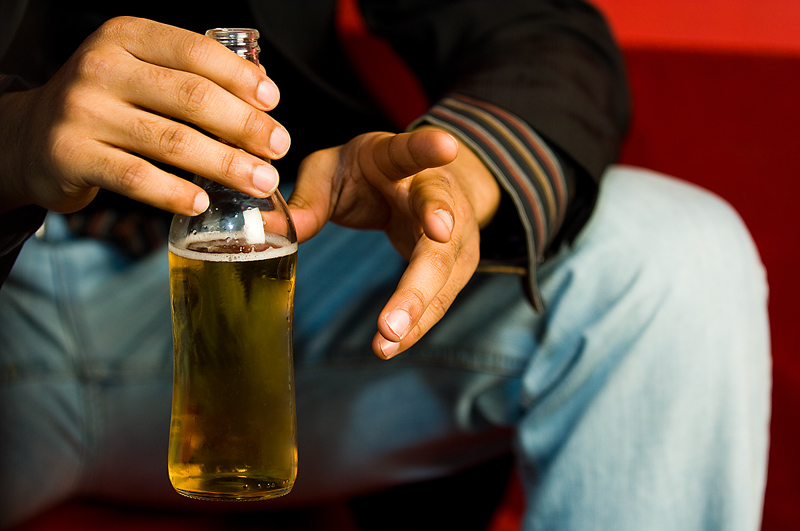
FRIDAY, June 24 (HealthDay News) — Drinking even a single glass of beer or wine can raise blood-alcohol concentrations enough to increase the chances of being seriously injured or dying in a crash for those who choose to get behind the wheel, a new study suggests.
Researchers at the University of California, San Diego found that having a blood-alcohol concentration of just 0.01 percent — much lower than the legal limit in the United States of 0.08 percent — increased the chances of being in a serious crash.
In the study, published online June 20 in the journal Addiction, researchers analyzed national data on fatal car accidents in the United States between 1994 and 2008.
No amount of alcohol seemed to be safe for driving, according to the study. Even with barely detectable amounts of alcohol in a driver’s blood, there were 4.33 serious injuries for every non-serious injury versus 3.17 serious injuries for sober drivers, the investigators found.
“Accidents are 36.6 percent more severe even when alcohol was barely detectable in a driver’s blood,” study author David Phillips, a sociologist at the University of California, San Diego, said in a university news release.
The researchers suggested that there are three factors that might explain their findings. Comparing sober drivers to those driving with a so-called “buzz,” Phillips said, “buzzed drivers are more likely to speed, more likely to be improperly seat-belted and more likely to drive the striking vehicle, all of which are associated with greater severity” in an accident.
The investigators also found a relationship between the amount of alcohol a driver consumed and those three factors. For instance, the greater the blood-alcohol concentration of the driver, the greater the average speed of their vehicle and the greater the severity of the resulting accident.
Considering that blood-alcohol concentration limits vary greatly between countries (Germany: 0.05; Japan: 0.03; Sweden: 0.02), the study authors said that the new findings should encourage U.S. lawmakers and others to enact stricter laws against driving under the influence.
“Doing so is very likely to reduce incapacitating injuries and to save lives,” Phillips concluded.
More information
The U.S. Centers for Disease Control and Prevention provides more facts and statistics on alcohol-impaired driving.

